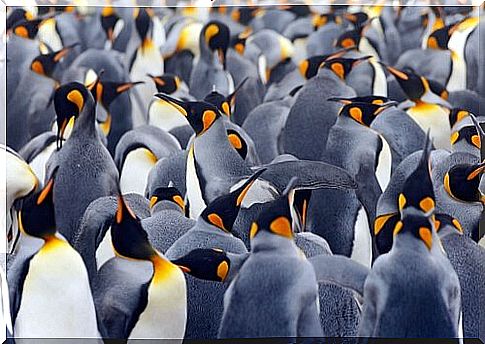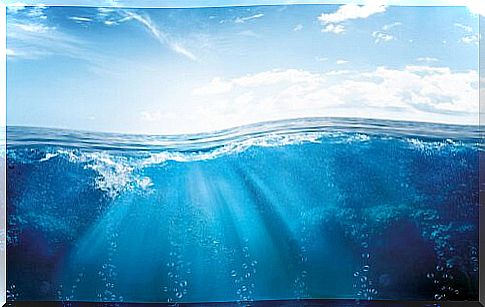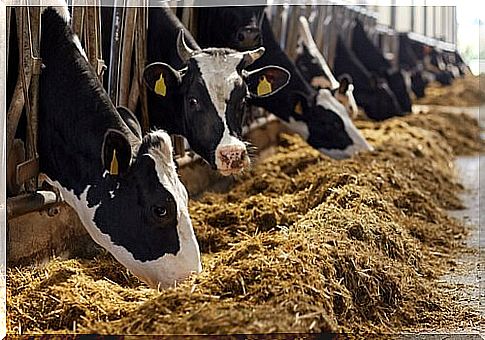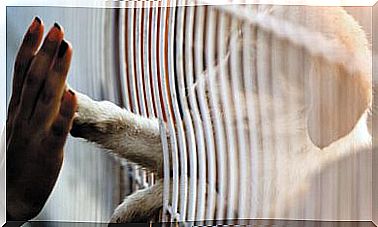Figures On The Impact Of Humans On Nature

The impact of humans on nature has increased considerably on our planet. Both due to the demographic explosion, inevitable with the increase in well-being, and due to the improper use of resources. Fomented by consumerism and waste. As in the case of packaging, containers, bottles and other objects made of plastic.
Currently, there are just under 8 billion people on planet earth, representing only 0.01% of living things. Nonetheless, the human impact has been tremendous, having caused the extinction of 83% of mammals and 50% of plants.
How many living beings are there on Earth?
Recently, a study was published that calculates the biomass percentages relative to the different living things they occupy on Earth. The goal is to provide analytical results on the impact of human beings on this planet.
Although the seas are immense, the density of life within them is much lower than the terrestrial areas. Only 1% of the aforementioned biomass was found in the salt water expanses.

Welcome to the Anthropocene
The anthropocene is the new geological phase in which the Earth is strongly conditioned by human action. A concept that already sounds like a written sentence. It was coined in the eighties, by Eugene Stoermer, biologist and Nobel laureate.
An example of these huge changes is the number of domestic animals destined for meat production: 30% of the birds on the planet are wild, while 70% are domesticated. We are talking about chickens, geese or turkeys, which are today the main representatives of this class of endothermic vertebrates.
If other groups of animals are also observed, this does not improve. 60% of all mammals are cows, pigs and other domestic animals, while 36% are humans. Therefore, it is clear that only 4% of mammals are wild animals.

Impact of the human being on nature: the sixth extinction
Indeed, livestock is considered a major cause of the extinction of animal species, along with much of the agriculture used to feed them. We must remember that it is much more efficient to eat vegetables, rather than using them to feed pets, so land consumption increases.
Surprisingly, only 1/6 of the land mammals and 1/5 of the marine mammals remain. Since the disproportionate increase in human civilization, plants have also lost half of their biomass.
We are nothing
Despite the enormous impact of humans on nature, these new studies also remind us that we are not as important as we think we are. If we weighed all humans on Earth, we would only reach a third of what all viruses alone weigh.
Another example is mushrooms: their total biomass weighs 200 times more than all people on the planet. The figures become more scandalous if we switch to bacteria or plants.
These figures invite us to reflect on the tremendous impact of human beings on nature. How is it possible that one of the species that occupies less space on the planet is the only one responsible for the destruction of all the others?









